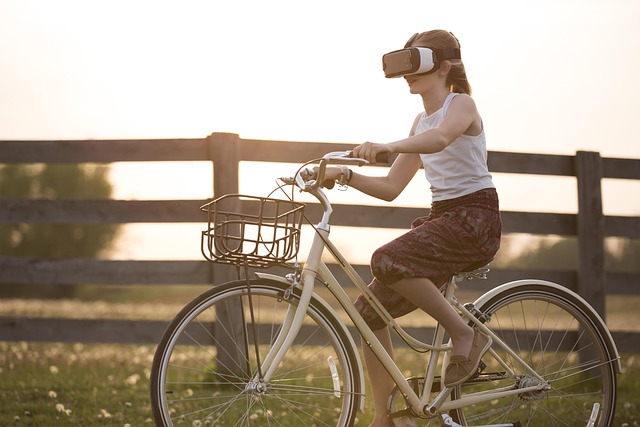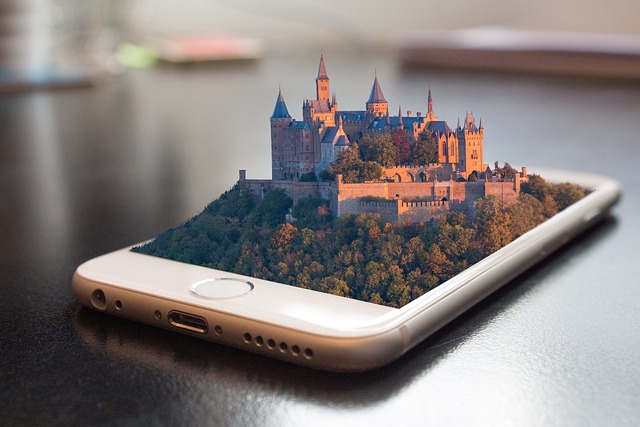
Exploring the Future: Remote Education Enhanced by VR in the Metaverse
Exploring the Future: Remote Education Enhanced by VR in the Metaverse
The landscape of education is rapidly evolving, particularly in the wake of recent global events that have pushed us to rethink traditional learning methods. One of the most exciting developments in this realm is the intersection of remote education VR and the immersive realms of the metaverse. As we delve deeper into this innovative fusion, we unravel a world where learning transcends geographical boundaries, bringing education into an engaging and interactive dimension.
Virtual Reality: A New Frontier in Learning
Virtual reality (VR) has revolutionized the way we perceive knowledge acquisition. In a traditional classroom, students often sit passively as information is presented to them. With VR, however, the learning process transforms into an interactive experience. Imagine students stepping into a virtual laboratory, where they can conduct chemistry experiments without the risk of spills or reactions gone awry. Or envision history lessons unfolding in immersive timelines where students can walk through ancient cities, witnessing historical events as if they were actually there.
Augmented Reality: Enhancing Real-World Learning
Meanwhile, augmented reality (AR) offers an equally compelling avenue for enhancing remote education. By overlaying digital information onto the real world, AR makes it possible for students to interact with content in a way that feels natural and engaging. For instance, using AR applications, students can visualize complex mathematical concepts with 3D models, gaining a clearer understanding that might be difficult through text alone. This blend of the physical and digital creates a learning experience that resonates on a deeper level.
The Metaverse: A Playground for Education
Enter the metaverse—a vast digital universe combining VR, AR, and other technologies, offering limitless possibilities for education. In this shared virtual space, students from different corners of the globe can connect, collaborate, and engage in learning activities as if they were gathered in a traditional classroom. Within this universe, educational institutions can create bespoke environments tailored to specific subjects, where learners can explore, create, and participate in simulations that deepen their understanding.
This collaborative aspect of the metaverse encourages diversity and inclusivity, bridging gaps that physical classrooms may unintentionally create. Students can experience different cultures, ideas, and knowledge sources, fostering a sense of community that is essential for holistic education.
Challenges and Opportunities
While the promise of remote education VR and the metaverse is enticing, there are challenges to consider. Accessibility remains a significant issue, as not all students have equal access to the technology required to participate. Additionally, there are concerns about digital literacy and the need for educators to adapt to these new tools effectively. However, these challenges also present opportunities for innovation and collaboration within educational institutions, leading to advancements that can benefit future generations.
As we continue to explore the potential of remote education enhanced by VR, we are looking at a future where learning is not confined by physical limitations but energized by creativity, interaction, and shared experiences. The possibilities are endless, and the journey has only just begun.


